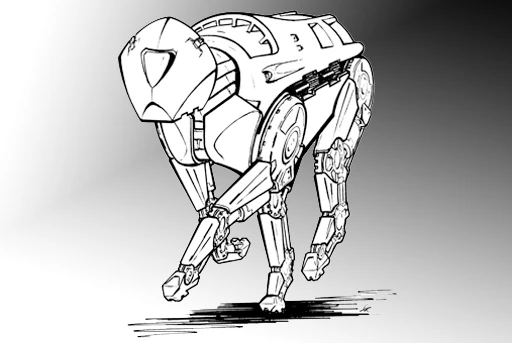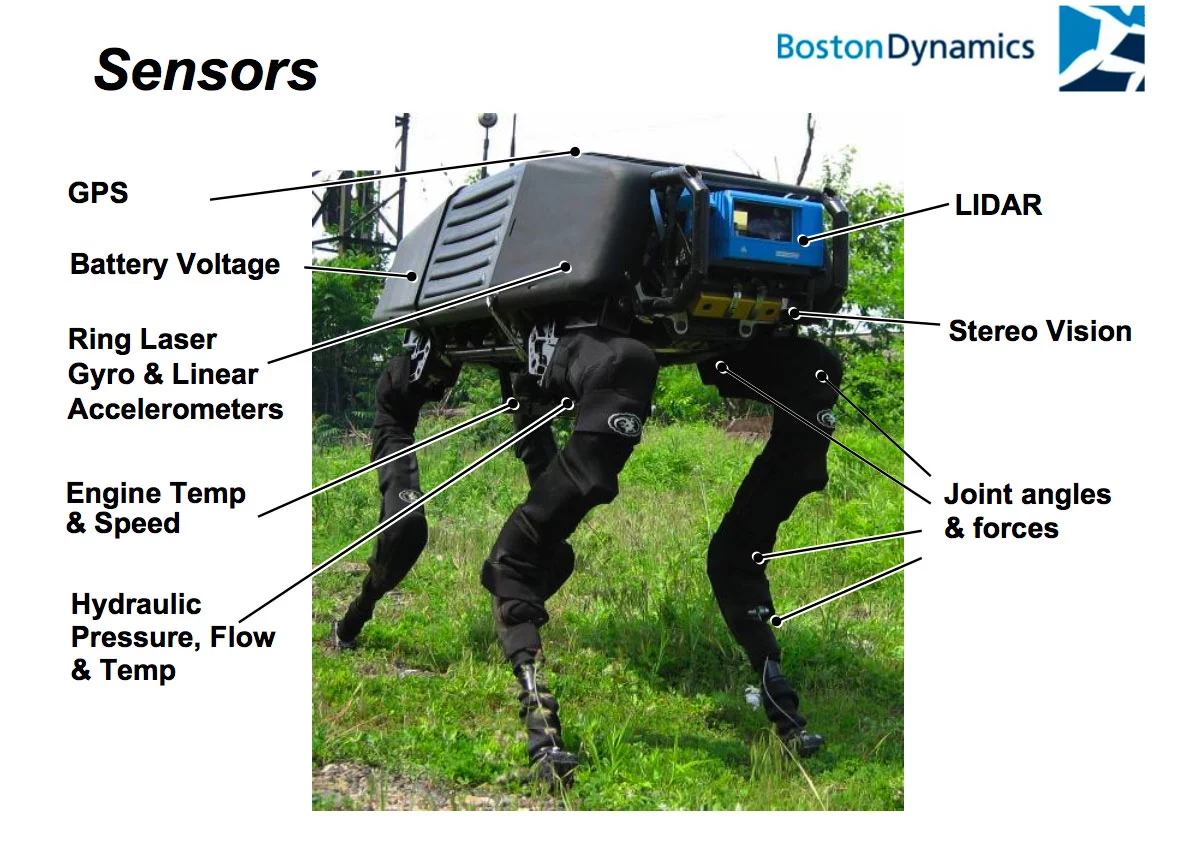Walking quadrupeds are being cast to play a major role in the rapidly unfolding age of robotics. The platform promises versatility far beyond that of wheeled-vehicles and will undoubtedly find applications in a wide variety of fields. Not surprisingly, the development of quadrupeds is being driven by the military and DARPA has recently boosted its efforts by awarding Boston Dynamics $32 million for the prototype phase of its Legged Squad Support System (LS3) program.
Boston Dynamics, an early leader in the quadruped field with its Big Dog project, has been engaged to deliver trade studies, detailed design work, and initial prototypes of the LS3 over a 30 month period.
LS3 is conceived as an autonomous support pack-robot for ground troops that can carry 400 pounds or more of payload, sustain itself for 24 hours and cover 20 miles in almost any kind of terrain.
To achieve this versatility over terrain where wheeled vehicles can't go, the goal is to develop different gaits - walking, trotting, and running or bounding - that enable the robot to negotiate ditches and rocky slopes.
The robot wont require human intervention, instead it will follow a leader using computer vision or travel to designated locations using GPS and other sensors.
Boston Dynamics is partnering with Bell Helicopter, AAI Corporation, Carnegie Mellon University, the Jet Propulsion Laboratory and Woodward HRT.
The program is a joint effort between DARPA’s Tactical Technology Office (TTO) and the U.S. Marine Corps Warfighting Lab (MCWL).
The first "walk out" for the LC3 is scheduled for 2012.
























































